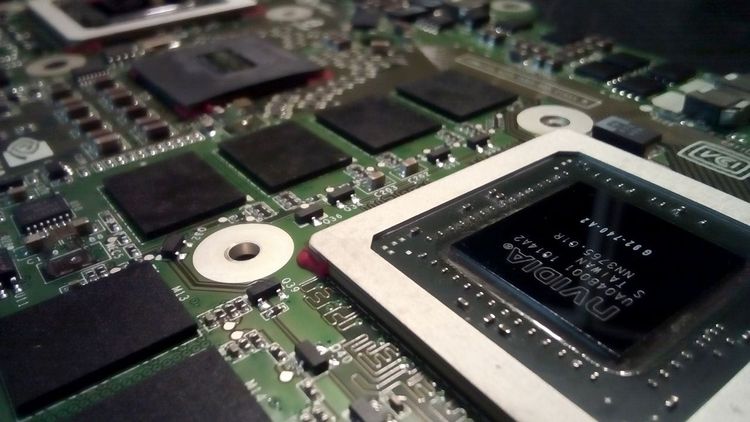At the beginning of this year, competition in the long-text AI sector intensified as numerous Chinese companies demonstrated their capabilities in a rapidly evolving landscape. By May, this quiet rivalry escalated into a dramatic price war. Major players, including global leaders OpenAI and Google, alongside Chinese firms like ByteDance, Alibaba, Baidu, Zhipu AI, and iFLYTEK, engaged in aggressive price slashing. Data shows that these reductions have become increasingly steep, raising questions about the possibility of subsidized customer acquisition in the future. While it's uncertain if subsidies will materialize, the trend toward lower prices is unmistakable, driven by both proactive customer acquisition and market dynamics.
OpenAI and Google, the pioneers in this price-cutting movement, initiated modest reductions. OpenAI decreased the API call price for GPT-4o to $5 per million tokens, which is half the cost of GPT-4-turbo. Google followed with a significantly lower price for Gemini 1.5 Flash at just $0.35 per million tokens.
In China, prominent figures like Kaifu Lee, CEO of Zero One Ventures, warned against a possible pricing "bloodbath," akin to the ofo bike-sharing model. Nonetheless, the price-cutting trend arrived swiftly. On May 15, ByteDance launched its Doubao model at an eye-popping price of 0.0008 yuan per thousand tokens, claiming a 99.3% discount compared to the industry average. This bold move sparked a fierce price war among Chinese AI companies. ByteDance even claimed that for just 1 yuan, users could process the equivalent of three volumes of "Romance of the Three Kingdoms."
Alibaba quickly retaliated on May 21, announcing a staggering 97% price reduction for its Qwen-Long API, slashing the cost from 0.02 yuan to 0.0005 yuan per thousand tokens. Following suit, Baidu made its ERNIE Speed and ERNIE Lite models available for free, while Zhipu AI adjusted its glm3-turbo pricing to 1 yuan per million tokens. On May 22, iFLYTEK declared that its Xunfei Starfire API capabilities would be offered at no charge.
As the competition escalates, the initial question of who sparked the price war has diminished in importance. What remains is a growing concern over increasing marginal costs and the applicability of the traditional "land grab" strategy seen in the internet era to AI firms.
Economist Yu Fenghui believes that price reductions result from intense market competition and cost pressures, aiming to attract more users and expand market share. Angel investor Guo Tao points out that the rise of open-source projects is also influencing pricing strategies among commercial products. Cheng Yin, an IDC research manager in China, notes that as AI capabilities advance, both domestic and international vendors may encounter challenges in establishing lasting market advantages.
Some companies are choosing to eliminate cost barriers for large models, not only to promote application deployment but also to increase visibility and capture users. Shen Yang, director of Tsinghua University's Metaverse Culture Lab, suggests that the current landscape indicates an impending convergence of AI functionalities, as most innovative phases have already concluded. With rapid industry scaling, the emphasis on capturing market share is critical.
Despite the apparent benefits of price reductions, industry experts like strategic consultant Zhan Junhao stress that such strategies often exert pressure on companies. Guo Tao warns that without significant technological breakthroughs, businesses may resort to aggressive price cuts to secure market presence.
However, the transformative wave initiated by AI differs markedly from the early days of the internet. Ji Yu, founder of Xingyun Integrated Circuits, notes that while marginal costs for adding users were previously negligible, current large models require substantial infrastructure support. This raises questions about the relevance of established models from internet companies like ofo, Meituan, and Pinduoduo in the AI sector.
The intensifying price wars will likely impact model quality and user retention, shaping the industry’s trajectory. Lower costs are expected to drive wider adoption, potentially creating a successful AI ecosystem reminiscent of the "iOS effect." Li Mingshun, chairman of Xinghang AI, suggests that decreasing prices could accelerate application development, while Shen Yang indicates that the current price competition may lead to more cost-effective AI service acquisition for B2B users.
As the market evolves, small and medium enterprises may struggle to compete against dominant players like Tencent, Alibaba, Baidu, and Douyin, making user acquisition increasingly challenging. Many smaller firms may need to explore new business models, with larger companies eager to replicate successful innovations.
In conclusion, the ongoing price cuts and their implications could reshape large model applications and redefine operational paradigms for both established and emerging firms. Only time will reveal whether these lower prices will lead to broader acceptance and utilization of AI technologies across various sectors.







